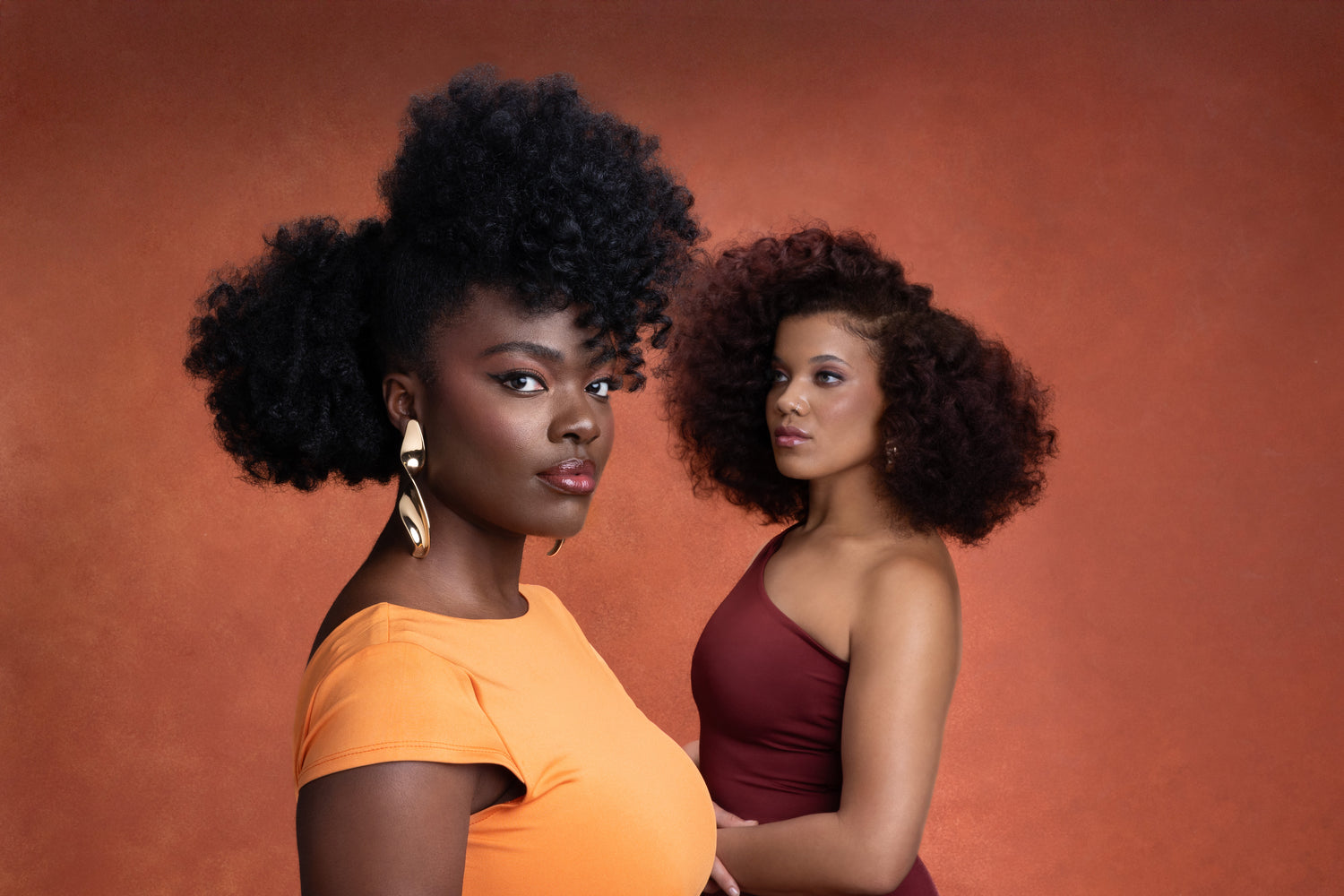Is it possible to do a short history of braiding? Braiding traditions are a bit like fairy tales, you can’t quite pin-down where they originally came from. And while some specific styles are traceable to particular cultural groups, braiding has been practised by people around the globe for thousands of years.
The Origins Of Braids
The oldest evidence for the existence of braids is the Venus of Willendorf. Discovered in early 20th century Austria, the 11cm tall Palaeolithic female figurine is around 25,000 to 30,000 years old. It is speculated that she represents a fertility goddess. But what is very clear is that her head is covered with rows of plaits. Similarly, an ivory figurine found in France in 1892 named the Venus of Brassemouy of a similar era, wears her hair in cornrows.
Art has been found dated from 3000 BC onwards (from all continents) depicting braided figures. In many traditions, braiding was considered a social art, where braider and ‘braidee’ formed bonds as the activity took place. Often the whole community braided each others’ hair. In some cultures, children were expected to practise braiding on their younger siblings and engage in more complex styling on each other and adults as they got older.
However, from the historical evidence available to us, braiding has never been just a hairstyle to the people who wore and created the styles. It was seen as a skill and an art form, often integral to culture and community.
A Short History Of Braiding & Afro Hair
Evidence suggests that Afro hair braiding started with the Himba people in what is now modern-day Namibia. It’s believed that across the African continent, braiding patterns were used to identify tribe, age, wealth, marital status and religion. Intricate braiding could take days to complete and often included extensions made of natural materials.
Hair styling began shortly after birth, with different braiding patterns given to boys and girls. When hair is shaven off for a particular style, that hair is often platted and used as extensions incorporated into that young person’s style.
For contemporary Himba women, hair and power are still synonymous. Hair is still styled with pastes to this day. Pastes are made from shrubs mixed with animal fat and a pigmented stone which are used to cover sections of the hair to resemble deep red clay locs. Other hair sections are braided into distinctive designs.
A Short History Of Cornrows
What places a hairstyle firmly in the cornrow family is if the braiding is done very close to the scalp. A particular set of techniques including an underhand motion followed by an upward one, results in a raised row on the head.
However, cornrows are such a popular and varied style, that they cannot be pinned to a particular cultural group. It is known that the style was particularly popular amongst groups in the West coasts of the African continent as well as the Eastern Horn of Africa from at least 3000 BC. And notable warriors and kings in 19th century Ethiopia were depicted wearing cornrows.
A Short History Of Ghana Braids
It's disputed whether Ghana braids are a subcategory of cornrows or a style unto itself. There are also so many variations of the style that it is not clear exactly where and when Ghana braids originated, although we assume Ghana considering its name!
What makes Ghana braids stand out from other types of braiding is the following: the design starts small, but grows larger, incorporating more hair into the plait, therefore ending up with a larger design. Typically, the ends are not adorned with beads or other accessories. Also it is common to wear the braids in an updo or ponytail.
A Short History Of Fulani Braids
While many braids (like the three strand plait) cannot be attributed to one cultural group, others can be. Researchers claim that Fulani braids, otherwise known as feed-in braids can be traced directly to the Fula people of the Sahel and West African region.
This style is distinctive for one cornrow braided down the middle of the head, some towards the face and often a braid around the hairline the long braids that hang on the sides of the head. Beads or shells are often incorporated in the ends.
A Short History Of Box Braids
Box braids get their name from the square shaped divisions of hair on the scalp. Box braiding was common amongst various peoples of the Eastern African Nile Valley as well as groups in the South East of the continent in modern day Namibia and South Africa. Because box braids aren’t braided along the scalp, they have been styled in various ways depending on the culture, norms and traditions of the people wearing them.

A Short History Of Bantu Knots & Braids
The term Bantu refers to a set of languages spoken by several hundred ethnic groups in Southern and Central Africa. It is thought that Zulu people and others who speak Bantu languages in Southern Africa first wore Bantu knots. It is a hairstyle where sections of hair are twisted and wrapped around itself to form a protruding knot shape.
The shape of the knot is determined by how long the hair or extensions are and can be twisted into a funnel for long hair or hair with extensions. Box braids can be twisted up into Bantu knots, then let down again at night and worn in a bonnet for easier sleeping.

Braiding can be great as a protective style to wear. However, if hair is pulled too hard in the braiding process, you could put yourself at risk of traction alopecia. So take care of those tresses, whether or not you have extensions! Afrocenchix has put together a dedicated Braid Care Set, perfect to help you take care of your hair and keep it nourished.
More articles:
How To Do Cornrow Braids Yourself

